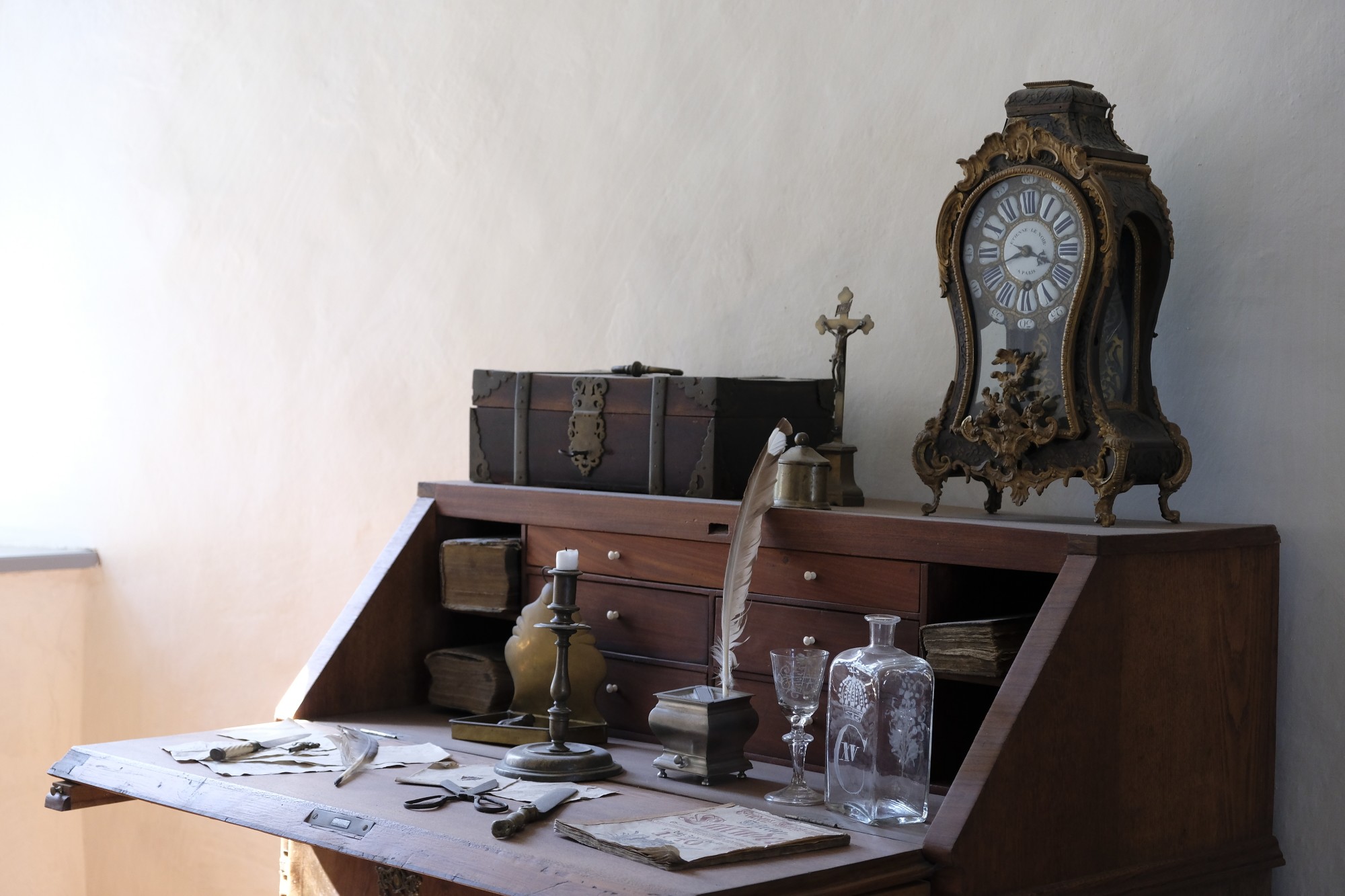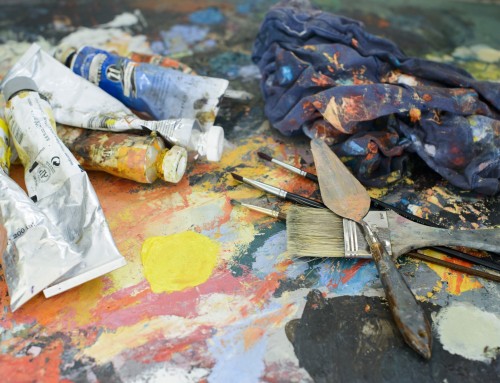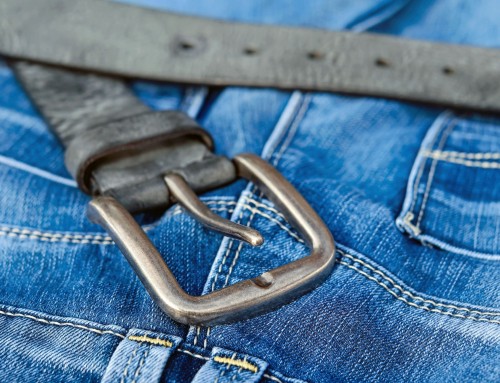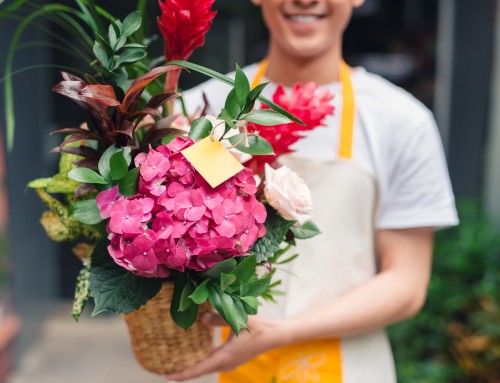Nobody wants family heirlooms. Or at least, that’s what they say. But we think the enduring popularity of television programs such as “Antiques Roadshow” and “Pawn Stars” tells a different story.
Small trinkets — watches, shirts, newspaper clippings — offer an unmatched sentimental value. Preserving these items may seem intimidating, but it’s quite easy. Even furniture can keep its luster if you know what you’re doing.
And you’ll be glad you did just a few years down the line. They could become worth a pretty penny, but if not you’ll be happy you have some mementos of a different time.
Have some family heirlooms in need of preservation? They could become damaged if you just leave them sitting around.
Let’s look at some techniques to store and care for your keepsakes.
1. Heirloom Furniture
Heirloom furniture presents a complicated problem. Since it’s large and bulky, storage options can be tricky. You might also want the furniture to be functional, despite its age.
Let’s start with the basics: the aesthetic. Metal components on antique furniture become oxidized over time. Eventually, they develop a green discoloration known as patina.
Although patina can be removed to reveal the original colors underneath, you run the risk of reducing the heirloom’s value. Avoid using furniture sprays and polishes, since these can damage the finish of older items. The occasional dusting is good enough.
If your heirloom furniture is in good condition, it should be safe to use. But take the appropriate precautions and don’t put undue stress on the heirlooms.
Antique furniture is especially susceptible to changes in temperature. Most restorations suggest a room temperature of 72 degrees. You should also keep an eye on humidity and ensure it doesn’t swing towards either of the extremes.
Both humidity and temperature can cause old wood to swell and contract. Mold might also make an appearance under the wrong conditions.
Seems simple, right? Well, there’s one more thing. Keep the heirloom furniture away from direct sunlight, which can ruin its finish and color.
Need more information about storing your heirlooms and antiques? Check out these storage tips.
2. Grandfather Clocks
It’s not named after your grandfather, but you might have inherited one from him. Grandfather clocks, or longcase clocks, are symbolic of antique heirlooms.
In general, you want to treat a grandfather clock as a piece of furniture. Refrain from cleaners and keep it dusted with a microfiber cloth. Be sure to wax the wood surface once a year.
But grandfather clocks are more complicated than chairs, drawers, and dressers. They have internal pieces that require their own special maintenance.
The mechanisms within the grandfather clock must be oiled bi-annually. Be careful and follow the manufacturer’s instructions.
Otherwise, you might want to enlist the help of a clock specialist. This is especially true if you ever decide to relocate your grandfather clock. You don’t want that pendulum swinging when you’re trying to slide the clock into the adjoining room.
3. Paperwork
From old newspapers to vintage photographs, almost everyone has a collection of paper documents. Paper is more susceptible to damage than larger items, like furniture, so you should give them extra care.
Always wash your hands before touching antique documents, and don’t use lotions or other skin creams.
It might be tempting to laminate paper documents or slip them in sheet protectors. Don’t.
Instead, place them in acid-free envelopes and store them away from sunlight. For extra protection, photocopy your heirloom documents on acid-free paper.
Since newspaper is acidic, do not store it directly against other paper items.
4. Small Family Heirlooms and Keepsakes
Gold jewelry, pocket watches, and lockets are beautiful keepsakes. Although these items are resilient, they still require special care from time to time. If these items have mechanical components, such as a watch, rely on a specialist to keep it running.
Personalized keepsakes gather grime over time, but don’t clean it with just anything. The abrasive properties of many popular cleaners will wreak havoc on your fine metal. If your keepsake is brass, silver, or gold, find and purchase the respective metal polish.
A soft toothbrush is a fine option tool for the job. Beware anything harsher, such as a table sponge. For a deeper clean, you can run most metals under a jet of water.
Want to store your keepsake away? Storing small metal items is simple. Secure the item in a velvet bag and place in a jewelry box or other dark, soft container.
5. Textiles
Trying to keep your grandfather’s suit in great condition? It can be done, but it’s a bit more difficult than the aforementioned collectibles. That’s because insects, especially moths, are happy to feed on textiles.
Wherever you place heirloom clothing, be sure to inspect it from time to time. Otherwise, pests may sneak in and damage them beyond repair.
Never wash textiles yourself or take them to a dry cleaner. Contact a professional if you are interested in washing precious clothes.
Stuff the items with tissue paper and store them in an acid-free box. Although you may wear these family heirlooms if you wish, it isn’t advised. Body oil, sunlight, and even moderate movement are enough to damage the delicate fibers.
Preserve Family Heirlooms the Right Way
Do you have an old relic lost in your attic or basement? Left to the elements, it won’t be in its best condition. You could lose family heirlooms without careful preservation techniques.
If you aren’t the family member in charge of the heirlooms, you might want to check in and make sure the items are well-cared for. For the best preservation, find a storage solution with well-maintained humidity, temperature, and light.
That’s the secret to preserving just about anything.
Please don’t forget to bookmark our site to never miss any of our latest posts!











